The Dry Martini
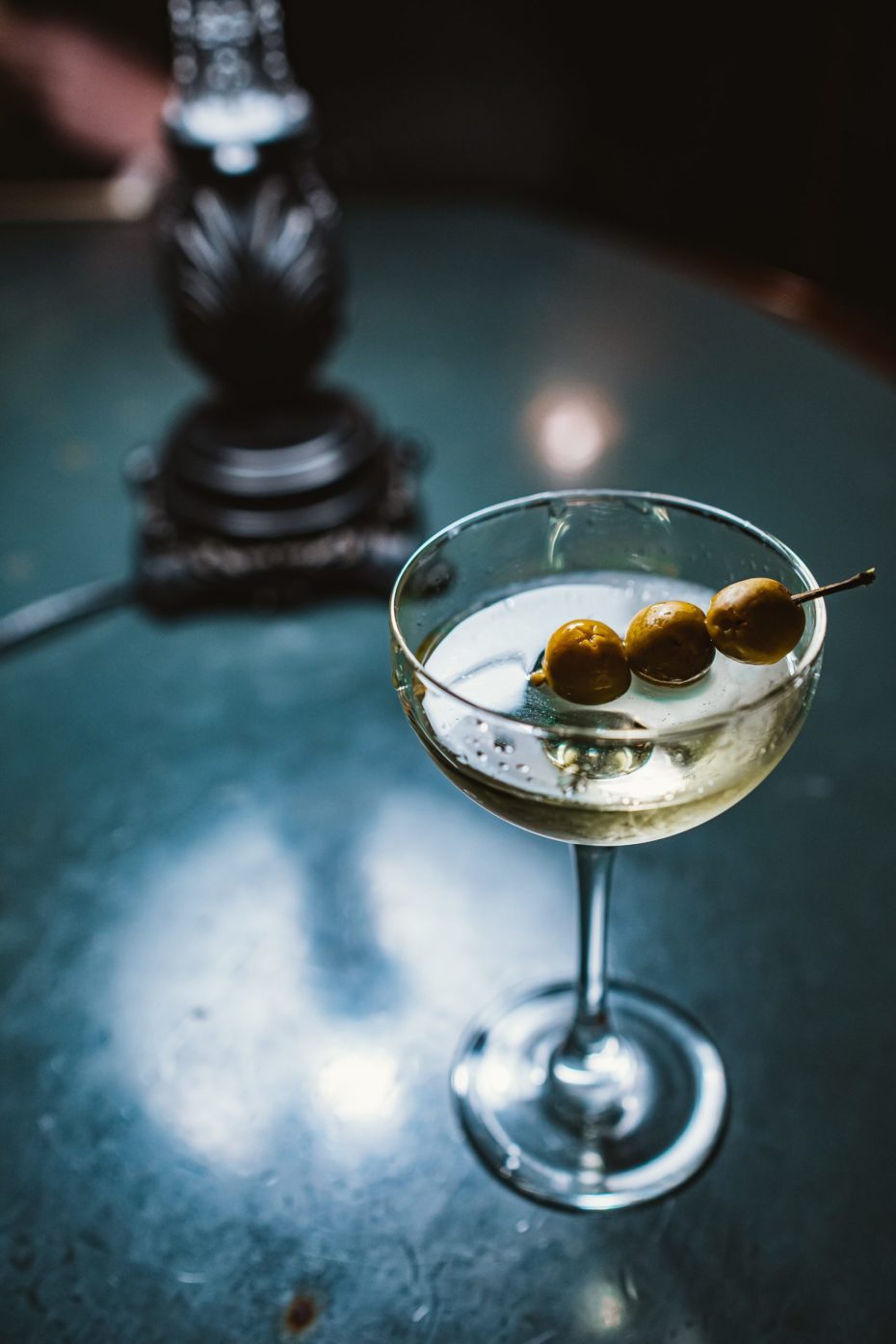
The first Martini is thought to have originated in San Francisco around the 1850s, when a gold prospector headed for Martinez, California, asked celebrated bartender ‘Professor’ Jerry Thomas – the Pioneer of the American Cocktail – to mix him up ‘something special’. The mixture of Old Tom Gin, vermouth, maraschino and bitters was named the ‘Martinez’ in his honor. But the elegant dry martini – dry meaning just a dash of vermouth – traces its roots to a refined Beaux Arts hotel located amidst the din of New York’s Times Square.
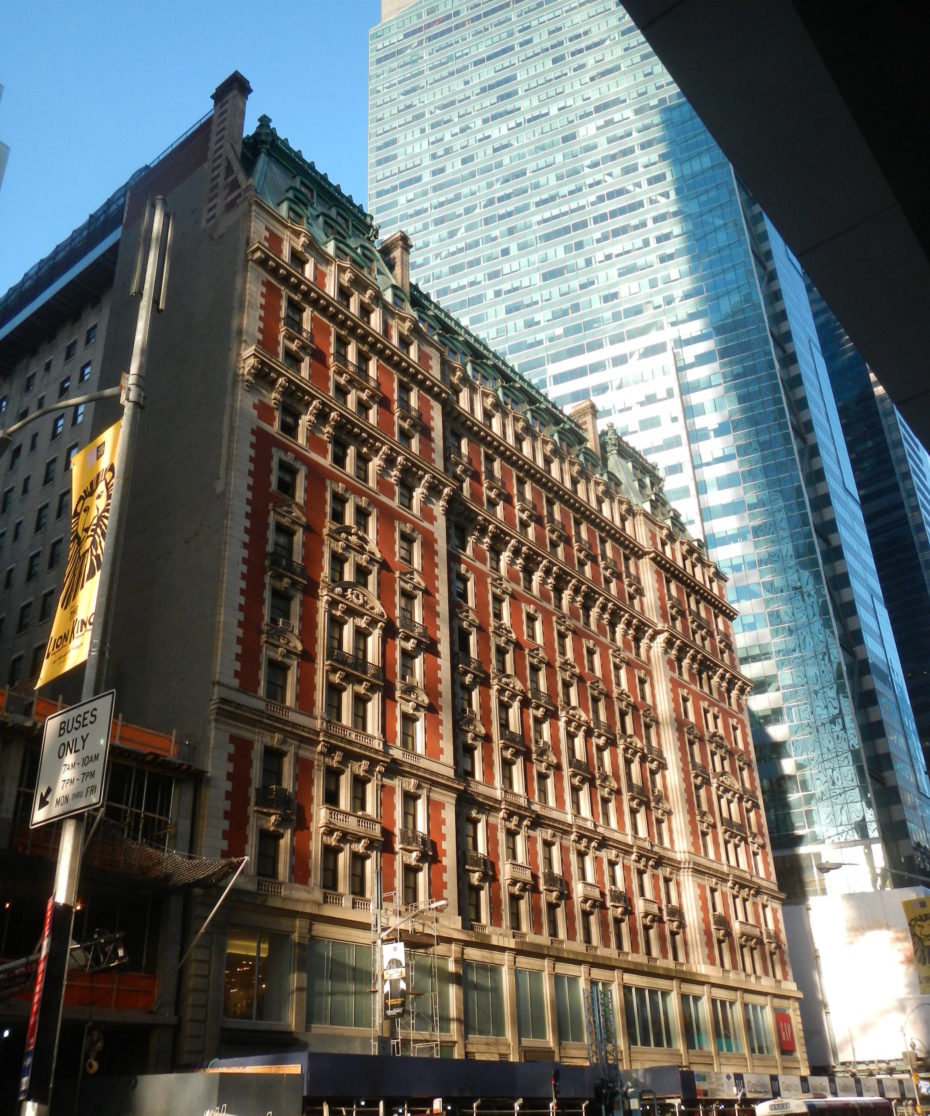
John Jacob Astor’s Knickerbocker Hotel opened in 1906, and the bar room became such a welcoming haven to the likes of F. Scott Fitzgerald and John D. Rockefeller, that it was dubbed the ‘42nd Street Country Club.’ And it was here in 1912 that bartender Martini di Arma di Taggia is said to have invented his famous namesake. Today, you can enjoy what H.L. Mencken called, “the only American invention as perfect as the sonnet” at either the Charlie Palmer bar, or at the St. Cloud rooftop bar. Afterwards, head down into the Times Square subway station and at the end of Track 1 on the S shuttle than runs between Grand Central Terminal and Times Square, you’ll spy an anonymous looking white door on the platform. But glance at the lintel and you’ll see an old metal sign stamped ‘KNICKERBOCKER’. In the hotel’s heyday, this was once a secret entrance to the bar where, so they say, the Dry Martini was first enjoyed.
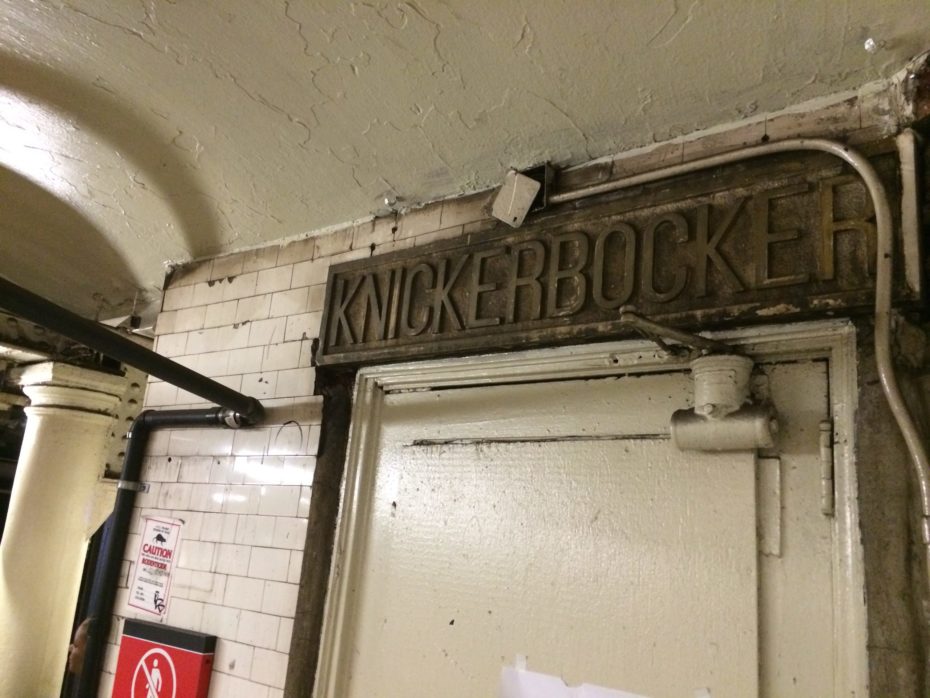
The Gibson
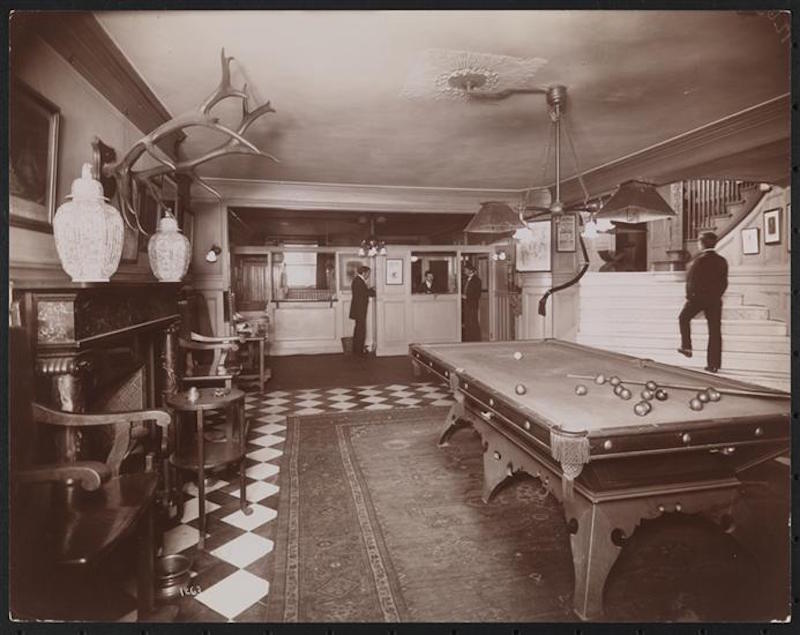
One of our favourite cocktails traces its roots to one of our favourite places in the city, the Players. Set up among the exclusive and leafy surroundings of Gramercy Park, the Players is a glittering private members club dating back to the Gilded Age. An elegant haven for actors, artists, musicians and the bon vivant, the atmosphere at the Players is vibrant and fun as it was when it opened its doors on New Year’s Eve, 1888.
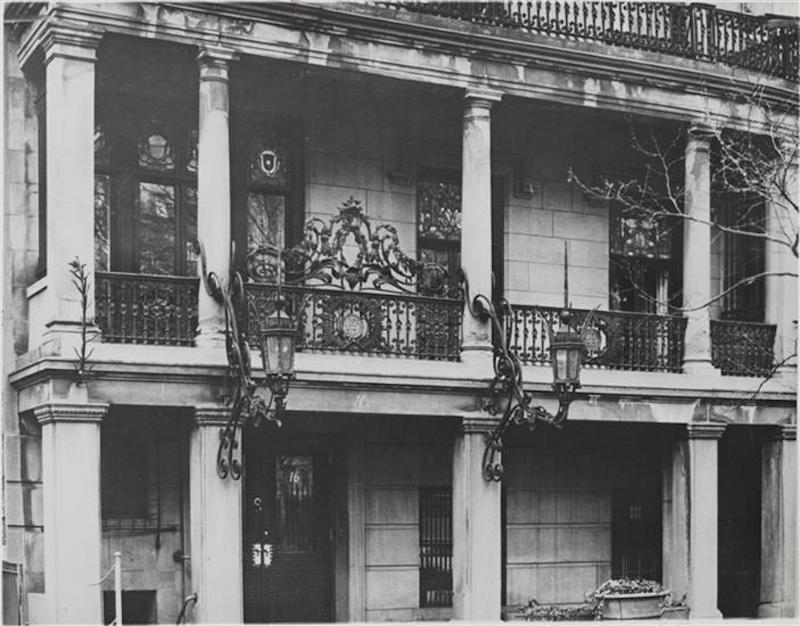
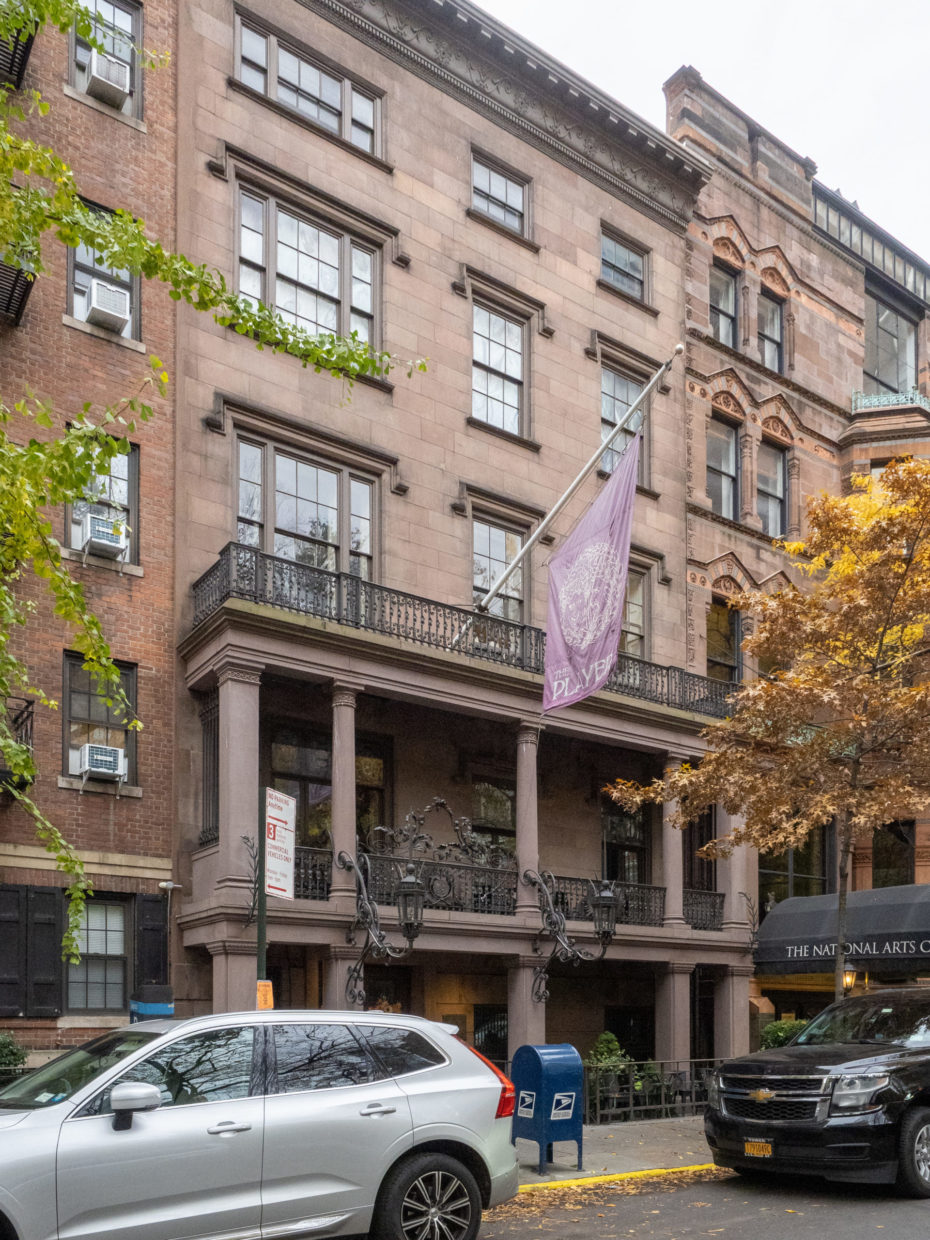
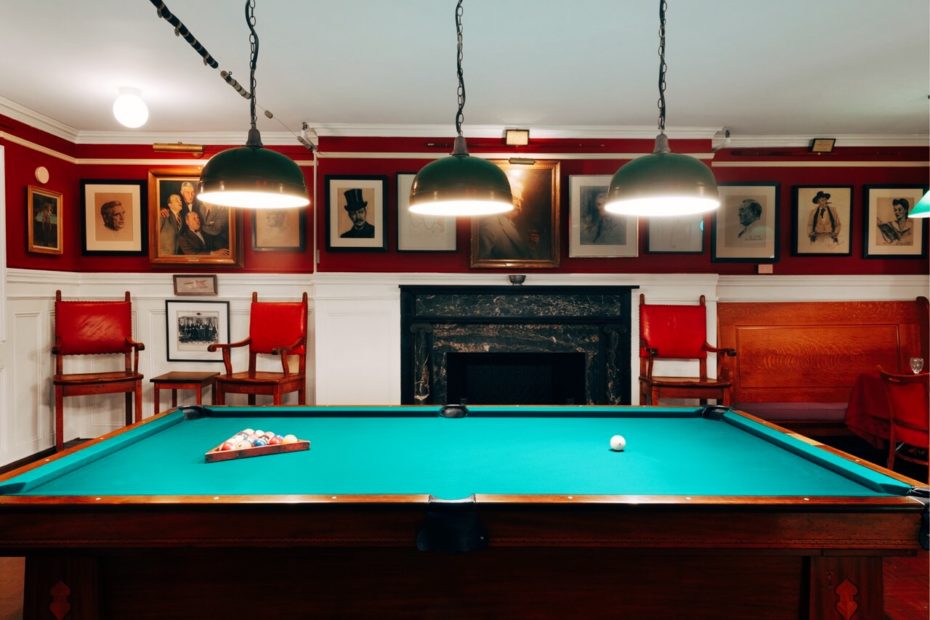
One evening, the celebrated illustrator Charles Dana Gibson stopped by the magnificent Stanford White designed mansion on Gramercy Park South in search of refreshment. Gibson was known for his popular pen and ink illustrations of the so-called ‘Gibson Girl’ that first appeared in the 1890s and soon became the visual personification of the modern American woman. “She appeared in a stiff shirtwaist, her soft hair piled into a chignon, topped by a big plumed hat,” wrote Susan E. Meyer, “infinitely more spirited and independent, yet altogether feminine. Though always well bred, there often lurked a flash of mischief in her eyes.” Inspired by models and socialites such as Evelyn Nesbit, Charles Dana Gibson explained, “I’ll tell you how I got what you have called the ‘Gibson Girl.’ I saw her on the streets, I saw her at the theatres, I saw her in the churches. I saw her everywhere and doing everything. I saw her idling on Fifth Avenue and at work behind the counters of the stores.”
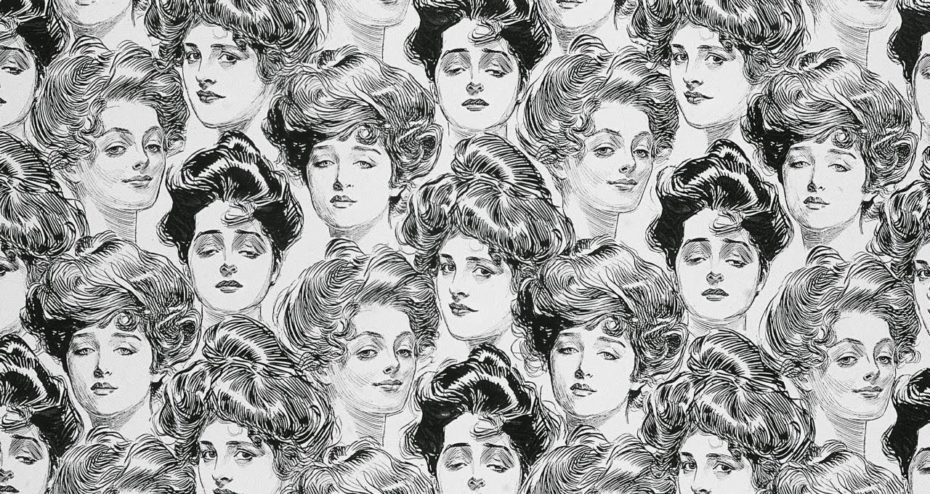
As Players’ legend has it, Charles Dana Gibson challenged bartender Charley Connolly to improve upon the venerable gin martini. Connolly deftly replaced the olive with a cocktail onion, and named the drink after the famous illustrator.
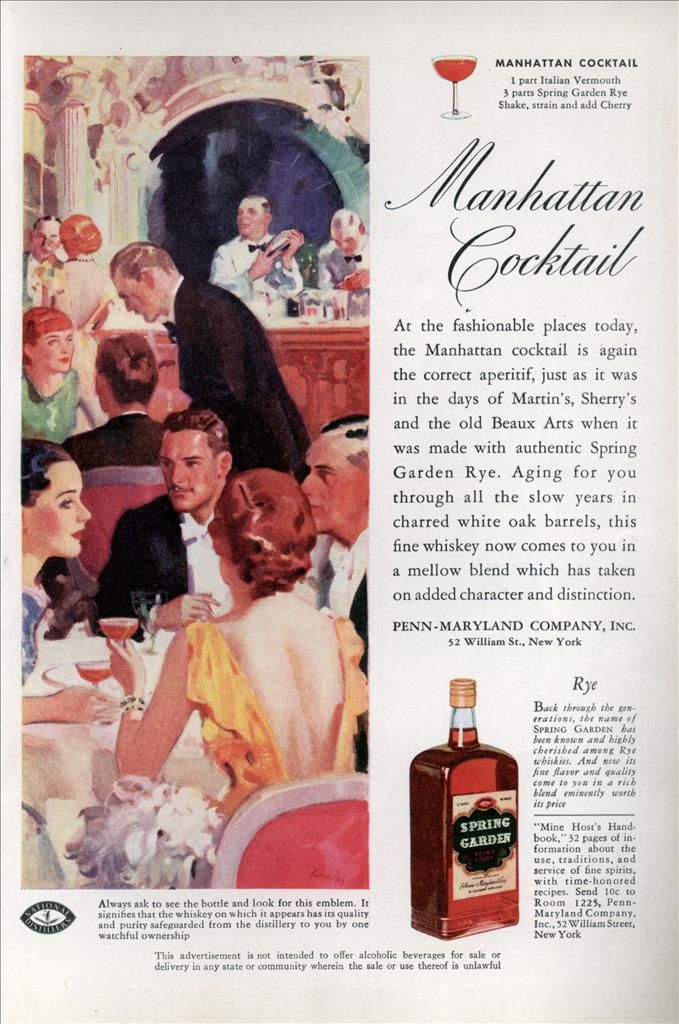
There are many cocktails named for cities and countries, but whilst the Moscow Mule, Singapore Sling, and Cuba Libre all have their merits, none hold a candle to the cocktail that bears the name of the great Metropolis of Manhattan. A delicious mixture of whiskey (rye preferably), vermouth, and a touch of bitters, stirred in ice, strained and garnished with a simple cherry, from the moment it first appeared in the 1800s, the Manhattan swiftly became a staple of the New York cocktail menu. “The Manhattan should look and taste like Frank Sinatra in a glass,” wrote Tony Abou-Ganim, the great Modern Mixologist. “Holding one in your hand gives you an instant status of high class, sophistication, and quality.”
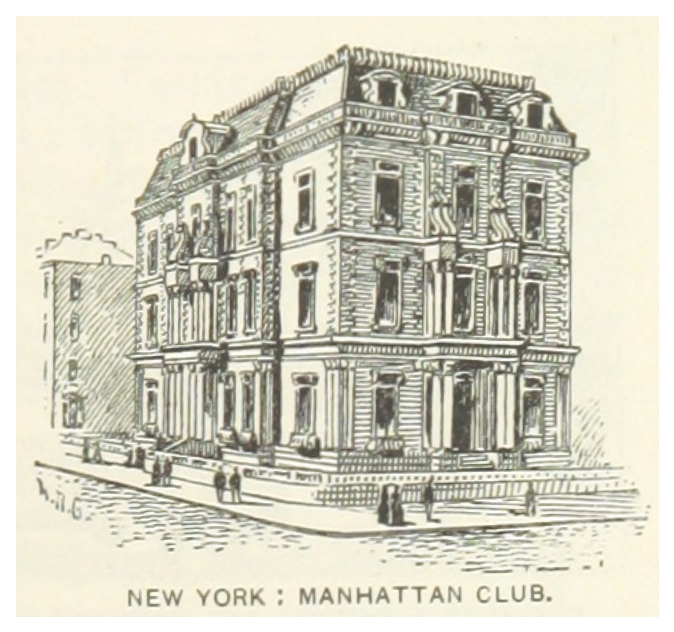
The most popular of legends has the Manhattan being invented in 1874 at the Manhattan Club an elite private members club that once occupied the north east corner of Madison Square Park on East 26th Street. Founded in 1865, the elegant building was sadly torn down by developers in the 1960s, the Club itself dissolving a decade after.
One story goes that a bartender was invited to create a new cocktail to honor the newly elected Governor Samuel Jones Tilden, whilst another has a club member being warned by his doctor that he was drinking too many martinis and had to reduce his caloric intake, and so a bar tender invented the supposedly more healthy Manhattan. Perhaps because of its simple and widely available ingredients, the Manhattan became one of the classic mixed whiskey drinks that hasn’t changed in a hundred and fifty years.

No comments:
Post a Comment